Hollow Knight: Silksong carries a strong message and a stark warning
The launch of Team Cherry’s latest game, while wildly successful, had a handful of side effects worth considering
KOSTAS FARKONAS
PublishED: September 6, 2025

It’s not often that stories like this get written nowadays, so let us all properly enjoy it: in an industry that brought anguish to many of its workers and concern to even more consumers this year, a single video game just proved that not all hope is lost. Not all megahits need to be $300 million productions, not all commercial successes require elaborate or expensive marketing, not all great entertainment products have to cost an arm and a leg. In the last 48 hours alone, Hollow Knight: Silksong proved all of the above.
The same title proved that the Internet can fund and drive extremely high video game sales all on its own – traditional media had nothing to do with this particular feat – and it also proved that a sense of community around a product can be more effective than simple hype. Last but not least, it proved that when developers deserve support for their honest, high-quality work and their consumer-friendly ethos, gamers will show up – something that publishers, not developers, would do well to keep in mind when making certain decisions.
This is, by almost any conceivable metric, the once-in-a-decade kind of commercial triumph that most indie game developers can only dream of. The problem: not everything about the well-deserved, amazing success of Hollow Knight: Silksong turns out to be a net positive. Here’s why.
Taking down digital storefronts like bosses on the first try
The successor of an indie darling like Hollow Knight being released globally, on all formats at the same time, had an immediate side effect more of us should have seen coming: the absolute hammering all four digital storefronts had to endure at its launch and spectacularly failed to do so. Steam, the Microsoft Store, the PlayStation Store and Nintendo’s eShop were unable to sell copies of Hollow Knight: Silksong for hours and hours on end, simply due to the fact that their servers could not handle such high demand all of a sudden.
There was even a viral meme about “the first boss of Silksong” making the rounds on social media during the first 12 hours or so after the game’s launch, said boss being none other than the Steam purchase error screen (PC gamers never fail to deliver on irony when it comes to such occasions).
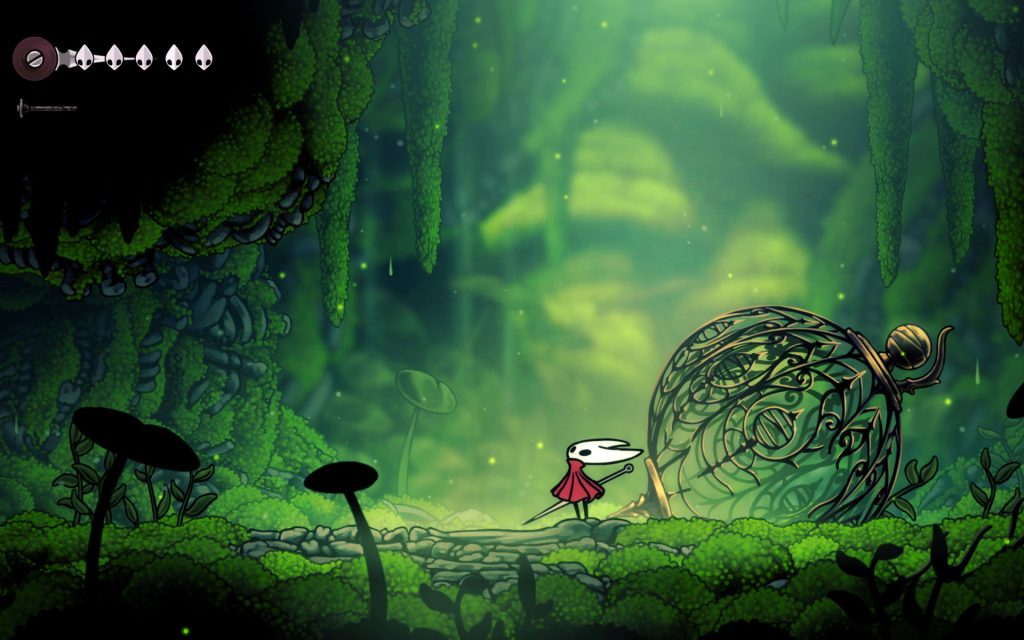
There were a handful of factors making things worse in this particular case – like the fact that the title was not available to preload before release on any service or the fact that it was offered to millions of Xbox Game Pass owners for free as part of their subscription, so many of them naturally tried to check it out at launch.
But all four of the most important digital storefronts crashing in the same evening was not only extremely rare. It was also quite concerning: there are a lot of multi-format games in our future, belonging to franchises more popular than any one indie game would normally be. Is this what we can expect of such releases going forward?
Dominating headlines, consumer spend and playtime over all other indie games
Then there was a second side-effect that most of us should have also seen coming: the whole situation caused an avalanche of articles and posts on practically all websites and blogs focusing on video games. Hollow Knight: Silksong was already a hot property – gaming publications have served a lot of content on Hollow Knight since its successor’s release date was announced – but the fuss around the game’s troubled launch truly brought it to the forefront of every media outlet’s attention in record time.
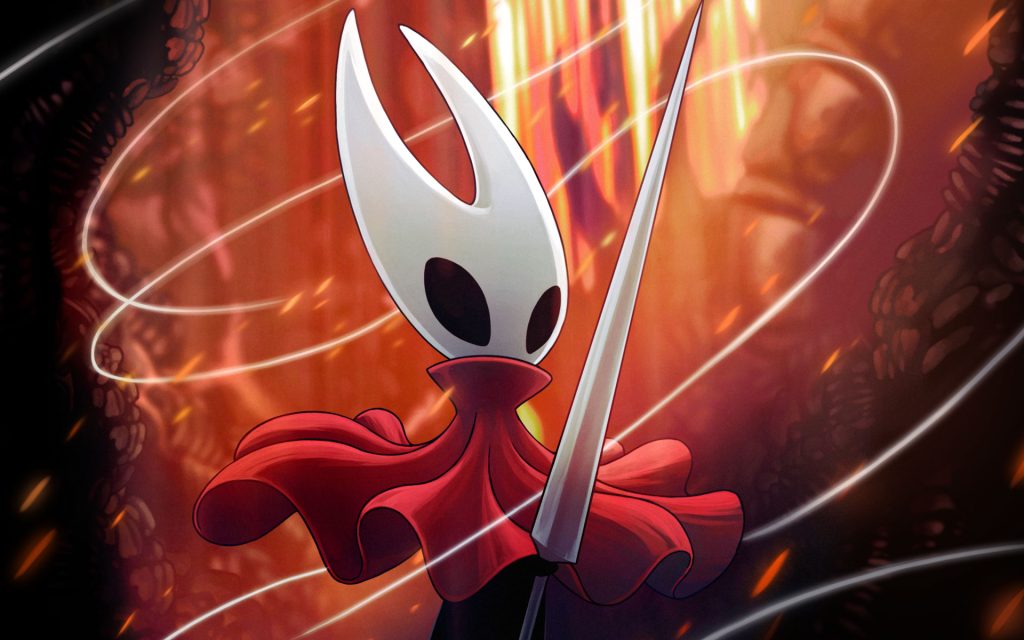
The result: practically all websites and blogs doubled or tripled their Silksong output within a few hours and now, around 48 hours later, one can still see a steady stream of Silksong content being published in the aftermath of that. That is all before all the reviews, tips, guides and commentary about Hollow Knight: Silksong hit the Web on a third wave of content sure to last for a couple of weeks too.
This is something many media professionals like yours truly are concerned about ahead of Grand Theft Auto VI‘s release next year: what some call “the blast radius effect”. It’s no coincidence that so many indie games moved their release dates when Silksong‘s was announced – just as yours truly and others expected publishers to do because of GTA VI – as they were concerned about the very thing that, inevitably, happened.
Simply put, the successor of Hollow Knight dominated headlines and attracted consumer spending to a degree that’s detrimental to every other similar product competing for the same media attention and the same disposable income in the same launch window. It will continue to do so for a while, taking away potential playing time from most other games in the process too.

This may seem like a good thing for the lucky game getting all the attention, but it’s unfair to every other game getting released in the same time frame – as well as to every other target group of consumers not interested in that particular game. It’s obviously true that not all games are of the same significance and that some deserve more coverage, yes – but it’s often pure hype, not actual quality, that drives that distinction. More than that, this information overload about specific titles is not beneficial to the games market at large, which is what all of us should care more about.
Let’s be real here: depending on the hot property of the moment, most media outlets will strive to attract as many interested visitors as they possibly can because, well, higher traffic often equals higher revenue. That’s not necessarily to the benefit of the gaming industry as a whole, though, and media outlets would probably be more helpful to everyone involved if they considered a more balanced approach in such cases. Even true fans can get sick of something if they’re coming across 50 headlines about it every day for months, you know?
Is there such a thing as “too low a price”?
A third – unforeseen by anyone if we’re being honest here – side effect of Hollow Knight: Silksong‘s release has to do with its pricing. That, being just $19.99, made headlines all on its own for obvious reasons: at a time when regular versions of most full-price games go for $69.99 and there’s a Switch 2 game out there costing $79.99, “just 20 bucks” for one of the year’s most highly-anticipated titles sounds almost unreal. Even by indie game or AA-level production standards (they usually go for around $30-$40 and $40-$50 respectively) Silksong is cheap.
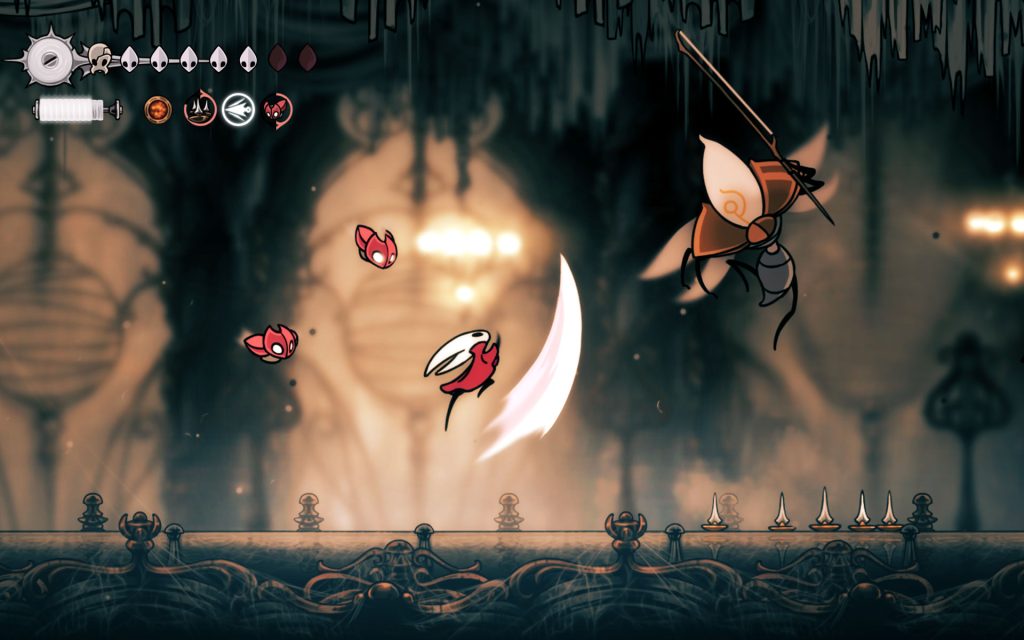
That’s great! So what’s the problem?
The problem is that, being this affordable, the pricing of Hollow Knight: Silksong will inevitably raise questions about every other indie game out there – and do that in a way that’s not actually fair. It’s no secret that indie developers, being small teams and small companies, are in a much more vulnerable financial position than big publishers are. The former just don’t have the luxury to price their games much lower than $29.99, especially given the fact that these titles are usually getting serious price cuts in digital storefront sales over time.
After this, though? One can easily imagine so many gamers openly asking “If Silksong, a title of the highest quality, goes for just $19.99, then why does this other game or that other game ask for more?” or something along those lines. It is unfair to indie developers the world over, to have their work judged and evaluated that way, but sadly it will happen.
There’s no doubt that Team Cherry’s heart was in the right place when they decided to go for that $19.99 price tag with Silksong, honoring their crowdfunding commitment to the fullest. Had they chosen to break that commitment – for whatever reason – they could have easily asked for $29.99 or $39.99 and, well, most people who had already decided to buy the game would have gotten it regardless, no questions asked.
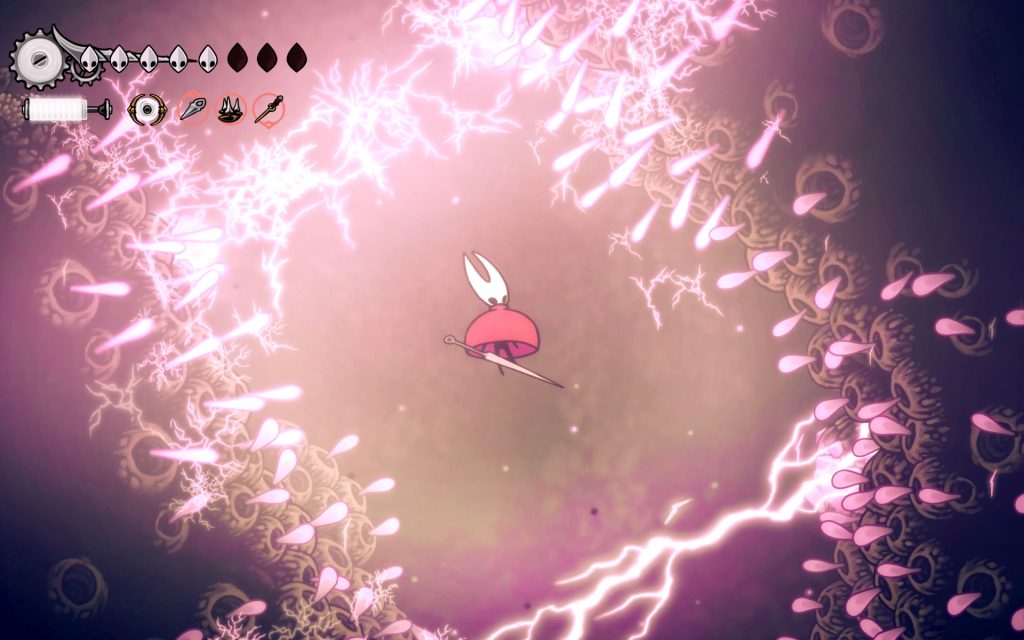
Based on countless comments posted on various websites, much of the gaming community clearly believes that Silksong could have come with a higher price tag. The fact that it does not is definitely part of the consumer goodwill shown toward Team Cherry and its latest creation. It’s not often one sees software pirates publicly urging people to not download Hollow Knight: Silksong illegally and buy it instead. Hell, people who think its price is too low can always gift it to a friend, right?
Chances are, though, that discussions about that $19.99 price point will be had again and again in the future, proving that the games industry is still unable to demonstrate the value of its products – actual or relative – in a way that is understood and accepted by all.
A preliminary earthquake before the main one
At the end of the day, nobody wants to rain on Hollow Knight: Silksong‘s parade. This is a game that started life as a DLC pack, a game created by a very small team of people over a long period of time, a game funded by a Kickstarter campaign and one that Team Cherry chose to offer at a surprisingly low price so that it can be affordable to as many players as possible. It is the kind of product that sets an example on so many levels, it’s almost hard to believe that it exists in the form and at the price it does.
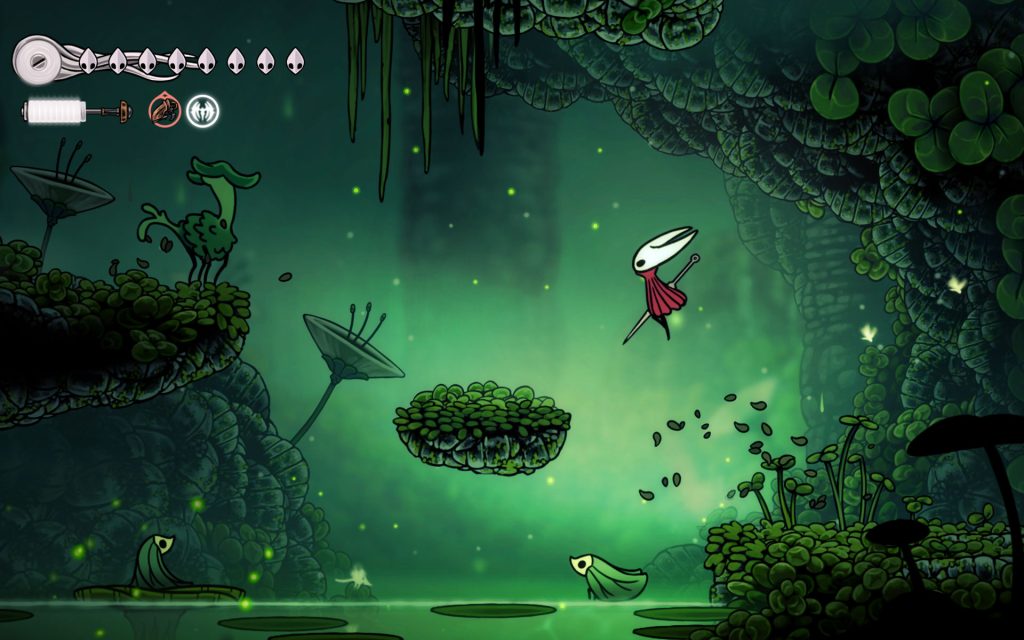
But when a game release hits the market that hard, there are clearly lessons to be learned – even if this particular release really was an unusual case. The gaming industry seems totally unprepared to handle such releases in terms of service infrastructure, media management, value assessment and even cultural significance. If a crowdfunded indie title, no matter how popular, was able to disrupt the gaming market in such a way, all based on just modest brand recognition and zero marketing dollars, then it’s almost impossible to predict what Grand Theft Auto VI – a far more recognizable brand that will surely be heavily promoted – will do come release day.
This, the release of Hollow Knight: Silksong, was – for lack of a better term – a foreshock, a preliminary earthquake. A small taste of what the earthquake proper could look like when the time comes for the possibly generation-defining GTA VI to hit the gaming market in May 2026. The good news: that’s an earthquake the industry knows exactly when is going to happen. There’s a lot to think about, but also plenty of time to prepare, so digital storefronts and media alike can handle that in a better way when the time comes. Here’s hope that everyone involved will do exactly that.


















